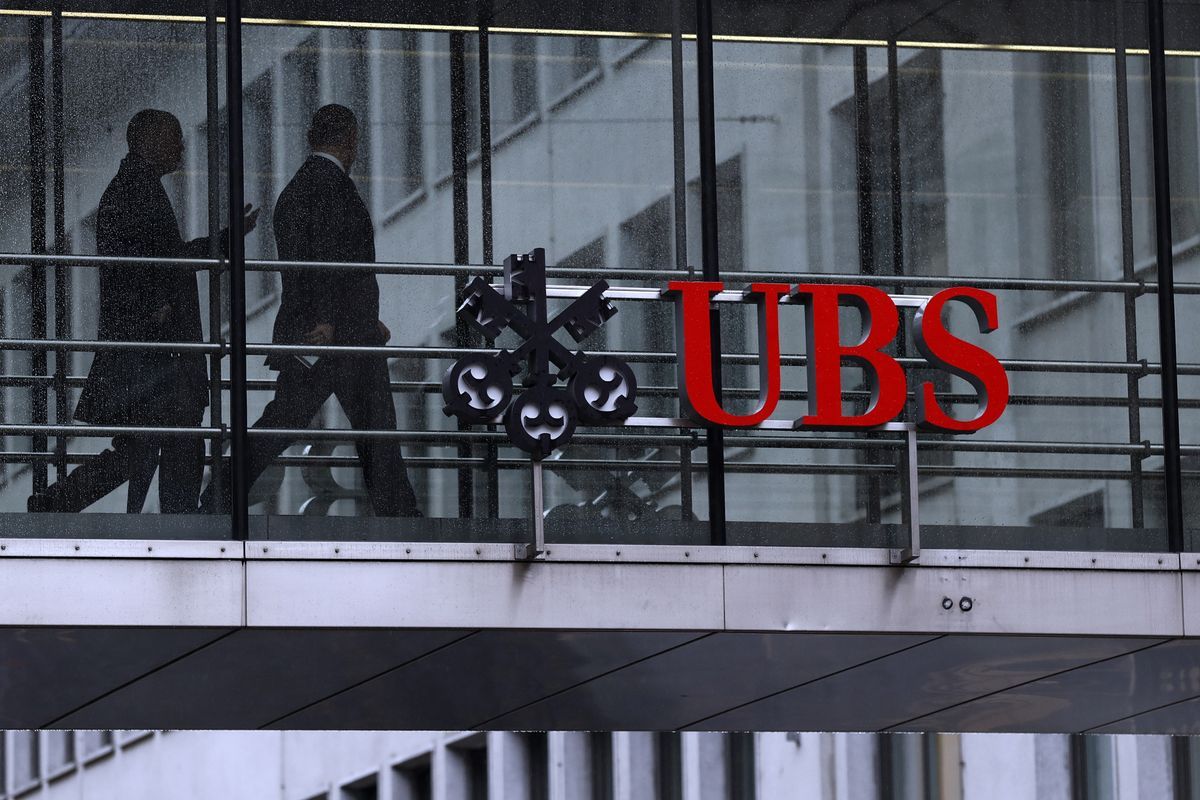Paranormal markets: A stocks paradox
Considering hiring and employment reports, what's bad for the economy can be good for equities.
Dismal hiring statistics are bad news for the economy and for stocks, right? If the valuation of the stock market had anything to do with the real economy, you would be right, and that would be normal. But today’s market is anything but normal. It’s paranormal: Bad news for the economy can be good news for stocks.
Such was the case with September’s employment report, one of numerous examples in which bad news for the economy led to rising stock prices (and vice versa). Of course, there are counter-examples of the “normal” relationship as well. But days when bad economic news is good news for stocks reflect the importance of monetary accommodation in the performance of financial assets. The Federal Reserve’s policies benefit stocks and other risk assets, as they create more money in the financial system and hold interest rates at zero, compelling investors to seek out higher-than-zero returns and increasing the demand for risky assets.
Will such paranormal activity continue even as the Fed exits quantitative easing? The Fed will try to prevent a repeat of the May-July sell-off by avoiding surprises, clearly separating the notions of tapering from tightening, and reiterating the idea that even after tapering, tightening will not occur until much later.
How can the Fed convince the market that rates will stay low even while it is backing away from QE?
This last point is the most critical. As the Fed shifts from QE as its main policy tool to “forward guidance” (i.e., the promise to maintain a zero-interest-rate policy for a significant amount of time), its credibility becomes key. Because that policy shift entails effective communication, there follows a degree of uncertainty in the investment outlook surrounding the transition from QE to forward guidance.
So how can the Fed strengthen that guidance?
The Fed has already signaled several possibilities it is considering for strengthening the market’s belief in a persistent period of zero interest rates. These include:
1) Lowering the unemployment rate threshold. Recent trends in declining unemployment rates imply that this threshold, currently at 6.5%, will be hit sometime in late 2014. (Note: That date likely overstates the outlook for a declining unemployment rate; a more realistic assessment puts the date as sometime in the second quarter of 2015).
2)Adding an inflation “floor” to the thresholds. Currently, there is too little inflation, with core personal-consumption expenditures, for example, running around 1%, well below the Fed’s longer-term target of 2%. By adding a threshold for too little inflation (as in, “so long as the inflation rate was projected to run below a given level”), the Fed may strengthen its forward guidance.
3) Clarifying “the range of information that the Federal Open Market Committee would consider.” In recent speeches, for example, committee members have highlighted broader measures of the labor market, such as the employment-to-population ratio, labor force participation, and the rates of hiring and separation. The FOMC is the Fed panel that sets rate policy.
Other approaches also might be considered, including lowering the interest rate paid to banks that keep their cash at the Federal Reserve. Such a move might be seen as encouraging greater lending activity, but the main benefit of such a move would be to signal policy intentions. This action, however, comes with great uncertainty as to its effect on deposits and the short-term markets, so we consider it less likely to be implemented.
0% COULD PERSIST
What does this mean for investors?
The next phase of monetary policy appears to move in the direction of promising zero interest rates for an even longer period of time than previously thought. While direct Fed purchases may be coming to an end sometime in 2014, the prospect of an even longer zero-interest-rate period arguably holds even greater significance for investors and the outlook for financial markets. As long as rates remain at zero, positive real returns to savings can be achieved only by moving out the risk spectrum. Such a conclusion leads to a much, much greater degree of QE — this time provided by every investor portfolio — seeking to achieve better-than-zero returns from cash and bonds. That collective response to this next phase of monetary-policy accommodation likely maintains the paranormal market, where financial asset performance greatly exceeds the performance of the real economy.
Jeff Rosenberg is chief investment strategist for fixed income at BlackRock Inc.
Learn more about reprints and licensing for this article.



